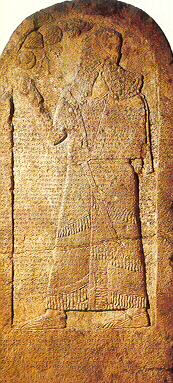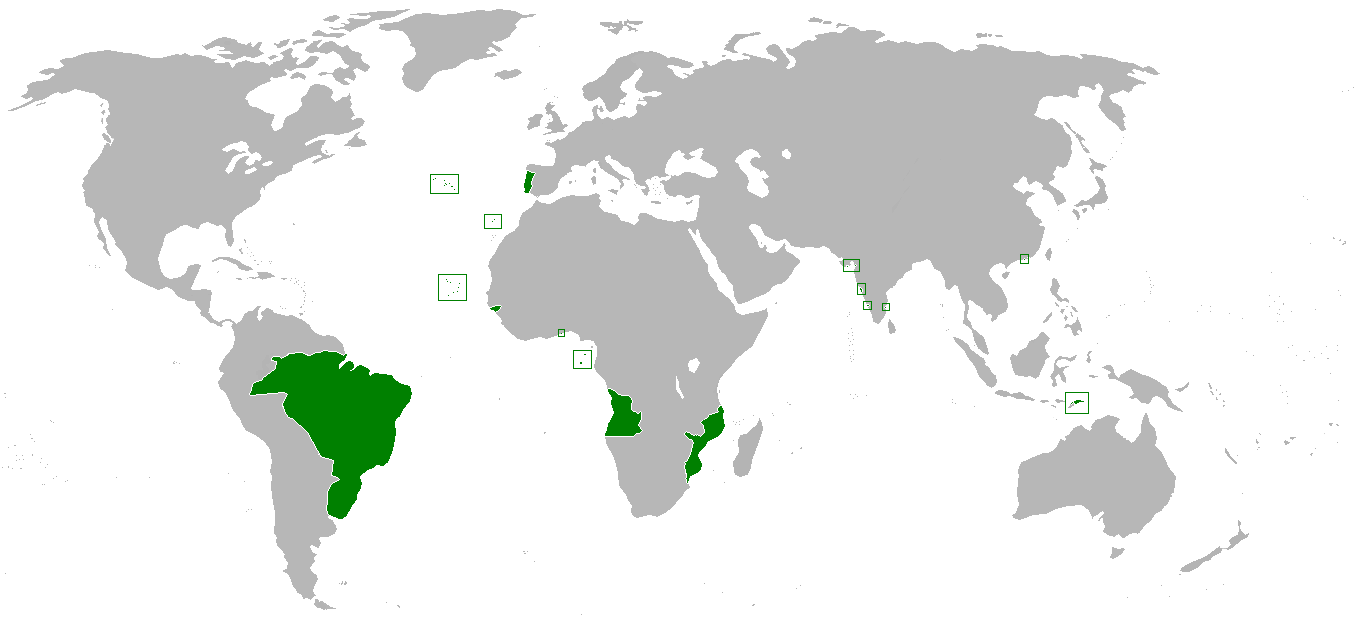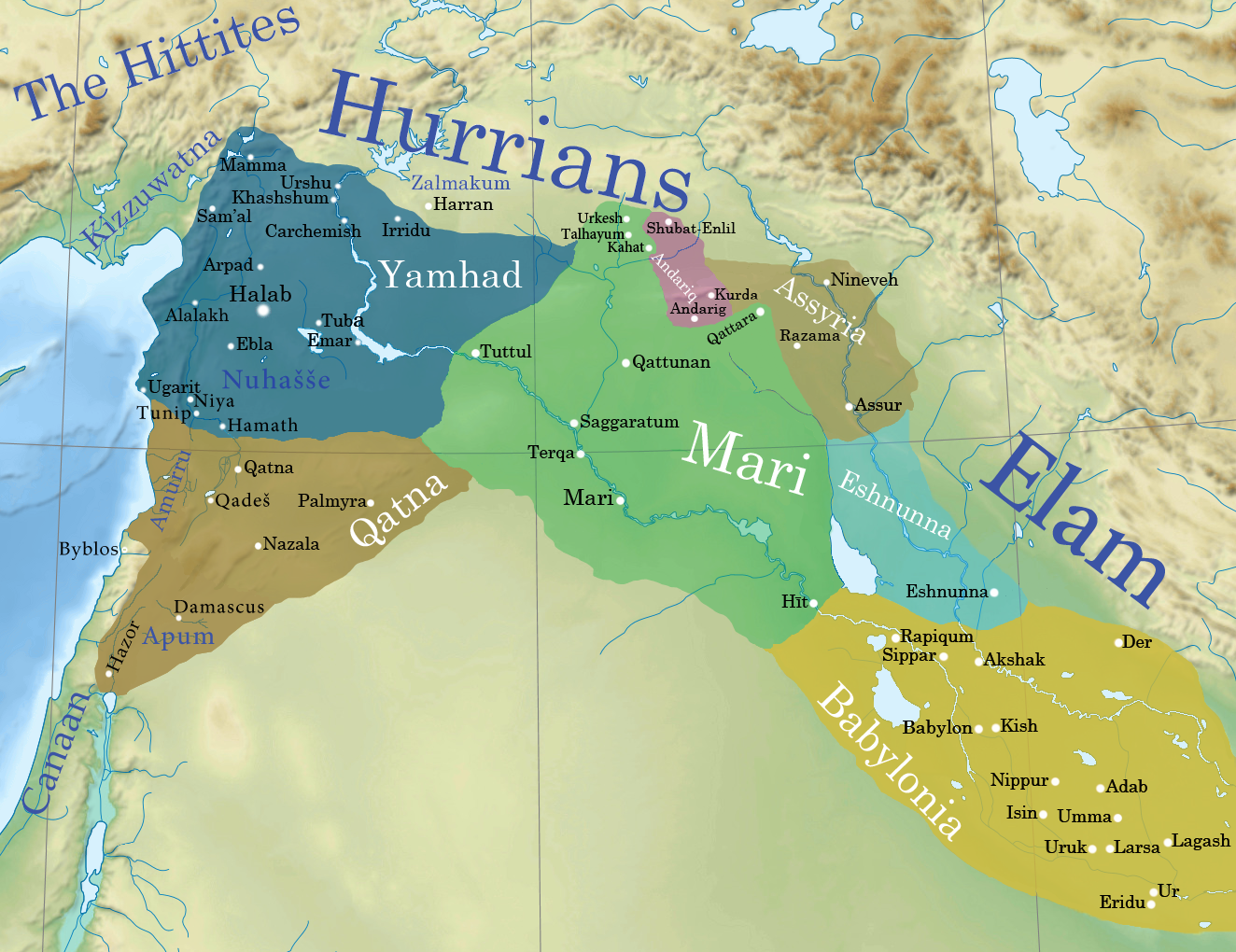|
Baliḫu
Baliḫu also known as Ba-li-ih and Balaṭ-šarrani is an ancient, Iron Age town on the Euphrates in northern Syria. According to the Harran Census tablets (SAA XI 122–45), the city was located in the Balikh River Basin. The ruins of the town are believed by some to be at Tell Abyad (Arabic: تل أبيض,) on the Syria–Turkey border. History The town is mentioned in a chronicle of Aššur-uballit II, known as Chronicle 3, which states that the Battle of Nineveh between Babylonian and Assyrian armies ''in the month Âbu the king of Akkad and his army went upstream to Mane, Sahiri and Bali-hu. He plundered them, sacked them extensively and abducted their gods.'' It may have been a semi independent kingdom, though this is controversial and a governor of the city is known for 814 BC. Shalmaneser III Shalmaneser III (''Šulmānu-ašarēdu'', "the god Shulmanu is pre-eminent") was king of the Neo-Assyrian Empire from the death of his father Ashurnasirpal II in 859 BC to ... [...More Info...] [...Related Items...] OR: [Wikipedia] [Google] [Baidu] |
Tell Abyad
Tell Abyad; ku, گرێ سپی, Girê Spî; hy, Թել Աբյադ; syr, ܬܠ ܐܒܝܕ. is a town in northern Syria. It is the administrative center of the Tell Abyad District within the Raqqa Governorate. Located along the Balikh River, it constitutes a divided city with the bordering city of Akçakale in Turkey. History In antiquity, Tell Abyad and the surrounding region were ruled by the Assyrian Empire and settled by Arameans. Tell Abyad could have been the site of the neo-Assyrian–era Aramean inhabited settlement of ''Baliḫu'', mentioned in 814 BC. Later, various empires ruled the area, such as the Romans, Byzantines, Sassanids, Umayyads, Abbasids and finally the Ottoman Empire. Tell Abyad remained Ottoman until the end of World War I, when it was incorporated in the French mandate of Syria during the partition of the Ottoman Empire. The modern town was founded by French mandate authorities to control the border with Turkey, with first inhabitants being Armenian refuge ... [...More Info...] [...Related Items...] OR: [Wikipedia] [Google] [Baidu] |
Battle Of Nineveh (612 BC)
The Battle of Nineveh is conventionally dated between 613 and 611 BC, with 612 BC being the most supported date. Rebelling against the Assyrians, an allied army which combined the forces of Medes and the Babylonians, besieged Nineveh and sacked 750 hectares of what was, at that time, one of the greatest cities in the world. The fall of Nineveh led to the destruction of the Neo-Assyrian Empire over the next three years as the dominant state in the Ancient Near East. Archeological records show that the capital of the once mighty Assyrian Empire was extensively de-urbanized and depopulated in the decades and centuries following the battle. A garbled account of the fall of the city later led to the story of the legendary king Sardanapalus. Babylon became the imperial center of Mesopotamia for the first time in over a thousand years, leading to the Neo-Babylonian Empire, claiming imperial continuity as a new dynasty. Background The Neo-Assyrian Empire emerged in the 10th century ... [...More Info...] [...Related Items...] OR: [Wikipedia] [Google] [Baidu] |
Assyria
Assyria (Neo-Assyrian cuneiform: , romanized: ''māt Aššur''; syc, ܐܬܘܪ, ʾāthor) was a major ancient Mesopotamian civilization which existed as a city-state at times controlling regional territories in the indigenous lands of the Assyrians from the 21st century BC to the 14th century BC, then to a territorial state, and eventually an empire from the 14th century BC to the 7th century BC. Spanning from the early Bronze Age to the late Iron Age, modern historians typically divide ancient Assyrian history into the Early Assyrian ( 2600–2025 BC), Old Assyrian ( 2025–1364 BC), Middle Assyrian ( 1363–912 BC), Neo-Assyrian (911–609 BC) and post-imperial (609 BC– AD 630) periods, based on political events and gradual changes in language. Assur, the first Assyrian capital, was founded 2600 BC but there is no evidence yet discovered that the city was independent until the collapse of the Third Dynasty of Ur in the 21st century BC, when a line of independent kin ... [...More Info...] [...Related Items...] OR: [Wikipedia] [Google] [Baidu] |
Tells (archaeology)
In archaeology, a tell or tel (borrowed into English from ar, تَلّ, ', 'mound' or 'small hill'), is an artificial topographical feature, a species of mound consisting of the accumulated and stratified debris of a succession of consecutive settlements at the same site, the refuse of generations of people who built and inhabited them, and of natural sediment. (Very limited snippet view).Matthews (2020)Introduction and Definition/ref> Tells are most commonly associated with the ancient Near East, but they are also found elsewhere, such as Southern and parts of Central Europe, from Greece and Bulgaria to Hungary and SpainBlanco-González & Kienlin, eds (2020), 6th page of chapter 1, see map. and in North Africa. Within the Near East, they are concentrated in less arid regions, including Upper Mesopotamia, the Southern Levant, Anatolia and Iran, which had more continuous settlement. Eurasian tells date to the Neolithic,Blanco-González & Kienlin, eds (2020), 2nd page of chapter 1, ... [...More Info...] [...Related Items...] OR: [Wikipedia] [Google] [Baidu] |
Populated Places In Tell Abyad District
Population typically refers to the number of people in a single area, whether it be a city or town, region, country, continent, or the world. Governments typically quantify the size of the resident population within their jurisdiction using a census, a process of collecting, analysing, compiling, and publishing data regarding a population. Perspectives of various disciplines Social sciences In sociology and population geography, population refers to a group of human beings with some predefined criterion in common, such as location, race, ethnicity, nationality, or religion. Demography is a social science which entails the statistical study of populations. Ecology In ecology, a population is a group of organisms of the same species who inhabit the same particular geographical area and are capable of interbreeding. The area of a sexual population is the area where inter-breeding is possible between any pair within the area and more probable than cross-breeding with ind ... [...More Info...] [...Related Items...] OR: [Wikipedia] [Google] [Baidu] |
Shalmaneser III
Shalmaneser III (''Šulmānu-ašarēdu'', "the god Shulmanu is pre-eminent") was king of the Neo-Assyrian Empire from the death of his father Ashurnasirpal II in 859 BC to his own death in 824 BC. His long reign was a constant series of campaigns against the eastern tribes, the Babylonians, the nations of Mesopotamia and Syria, as well as Kizzuwadna and Urartu. His armies penetrated to Lake Van and the Taurus Mountains; the Neo-Hittites of Carchemish were compelled to pay tribute, and the kingdoms of Hamath and Aram Damascus were subdued. It is in the annals of Shalmaneser III from the 850s BC that the Arabs and Chaldeans first appear in recorded history. Reign Campaigns Shalmaneser began a campaign against the Urartian Kingdom and reported that in 858 BC he destroyed the city of Sugunia and then in 853 BC also Araškun. Both cities are assumed to have been capitals of the Kingdom before Tushpa became a center for the Urartians. In 853 BC, a coalition was formed by 11 sta ... [...More Info...] [...Related Items...] OR: [Wikipedia] [Google] [Baidu] |
Realm
A realm is a community or territory over which a sovereign rules. The term is commonly used to describe a monarchical or dynastic state. A realm may also be a subdivision within an empire, if it has its own monarch, e.g. the German Empire. Etymology The Old French word ''reaume'', modern French ''royaume'', was the word first adopted in English; the fixed modern spelling does not appear until the beginning of the 17th century. The word supposedly derives from medieval Latin ''regalimen'', from ''regalis'', of or belonging to a ''rex'' (king). The word ''rex'' itself is derived from the Latin verb ''regere'', which means "to rule". Thus the literal meaning of the word ''realm'' is "the territory of a ruler", traditionally a monarch (emperor, king, grand duke, prince, etc.). Usage "Realm" is particularly used for those states whose name includes the word ''kingdom'' (for example, the United Kingdom), as elegant variation, to avoid clumsy repetition of the word in a sentence (fo ... [...More Info...] [...Related Items...] OR: [Wikipedia] [Google] [Baidu] |
Old Testament
The Old Testament (often abbreviated OT) is the first division of the Christian biblical canon, which is based primarily upon the 24 books of the Hebrew Bible or Tanakh, a collection of ancient religious Hebrew writings by the Israelites. The second division of Christian Bibles is the New Testament, written in the Koine Greek language. The Old Testament consists of many distinct books by various authors produced over a period of centuries. Christians traditionally divide the Old Testament into four sections: the first five books or Pentateuch (corresponds to the Jewish Torah); the history books telling the history of the Israelites, from their conquest of Canaan to their defeat and exile in Babylon; the poetic and " Wisdom books" dealing, in various forms, with questions of good and evil in the world; and the books of the biblical prophets, warning of the consequences of turning away from God. The books that compose the Old Testament canon and their order and names differ b ... [...More Info...] [...Related Items...] OR: [Wikipedia] [Google] [Baidu] |
Babylonia
Babylonia (; Akkadian: , ''māt Akkadī'') was an ancient Akkadian-speaking state and cultural area based in the city of Babylon in central-southern Mesopotamia (present-day Iraq and parts of Syria). It emerged as an Amorite-ruled state c. 1894 BCE. During the reign of Hammurabi and afterwards, Babylonia was called "the country of Akkad" (''Māt Akkadī'' in Akkadian), a deliberate archaism in reference to the previous glory of the Akkadian Empire. It was often involved in rivalry with the older state of Assyria to the north and Elam to the east in Ancient Iran. Babylonia briefly became the major power in the region after Hammurabi ( fl. c. 1792–1752 BCE middle chronology, or c. 1696–1654 BCE, short chronology) created a short-lived empire, succeeding the earlier Akkadian Empire, Third Dynasty of Ur, and Old Assyrian Empire. The Babylonian Empire rapidly fell apart after the death of Hammurabi and reverted to a small kingdom. Like Assyria, the Babylonian state retained ... [...More Info...] [...Related Items...] OR: [Wikipedia] [Google] [Baidu] |
Sahiri
Zahiran also known as Sahiri or Sa-hi-ri, also known as Zahiran was an Iron Age city of the ancient near east. It was a city in what is today Syria. During the Mari, Syria#Mari-Ebla war, Mari-Ebla war (2300 Before Common Era, BC) Zahiran was the site of a battle between Igrish-Halam Ebla#Kings of Ebla, King of Ebla, and Iblul-Il, Iblul-il, Mari, Syria#Kings of Mari, King of Mari. About a decade latter it would have been absorbed into the empire of Sargon of Akkad. The town was sacked in the Battle of Nineveh (612 BC). The chronicle of Ashur-uballit II, Aššur-uballit II, known as Chronicle 3, states of the Battle of Nineveh (612 BC)#Account of the Battle, Battle of Nineveh between Babylonian and Assyrian armies that "''in the month Babylonian calendar#Âbu, Âbu the king of Akkad (region), Akkad and his army went upstream to Mane (ancient city), Mane, Sahiri and Bali-hu. He plundered them, sacked them extensively and abducted their gods.''"Bill T. Arnold, Bryan E. Beyer, Readings ... [...More Info...] [...Related Items...] OR: [Wikipedia] [Google] [Baidu] |
Mane (ancient City)
Mane was an ancient city in what is today Syria and northern Iraq. Its exact location remains unknown, though it was north of Nineveh. During the Battle of Nineveh (612 BC), it was besieged. The chronicle of Aššur-uballit II, known as Chronicle 3, states of the Battle of Nineveh between Babylonian and Assyrian armies that "''in the month Âbu the king of Akkad and his army went upstream to Mane, Sahiri and Bali-hu. He plundered them, sacked them extensively and abducted their gods.''"Bill T. Arnold, Bryan E. Beyer, Readings from the Ancient Near East: Primary Sources for Old Testament The Old Testament (often abbreviated OT) is the first division of the Christian biblical canon, which is based primarily upon the 24 books of the Hebrew Bible or Tanakh, a collection of ancient religious Hebrew writings by the Israelites. The ... Study (Baker Academic, 2002) p. 156. References {{reflist Ancient cities of the Middle East Former populated places in Syria Bronze Age site ... [...More Info...] [...Related Items...] OR: [Wikipedia] [Google] [Baidu] |

.jpg)






